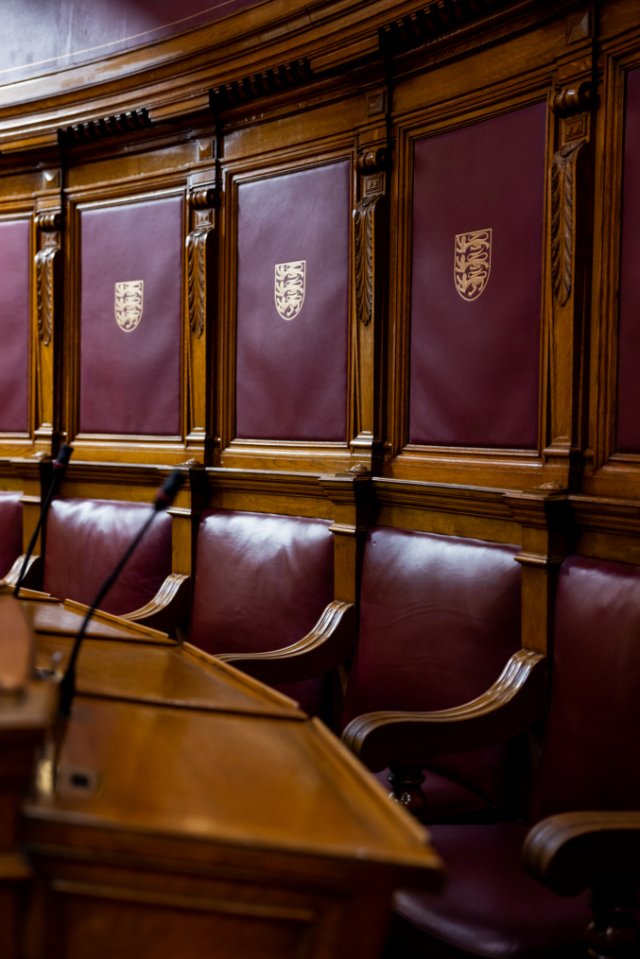The history of the States Assembly can be traced back many centuries with the first available records dating from 1524. Although its precise origins cannot be determined, its development has been influenced by several significant events.

Over time, the Royal Court (of Bailiff and Jurats) came to consult the Connétables and Rectors from the 12 Parishes when making Laws. Together, the Jurats, Rectors and Connétables formed a legislative assembly known as ‘Les Etas de Jersey’: the States of Jersey. Its full title was 'L'Assemblée des Etats de Jersey'; in English, the Assembly of the States of Jersey or, today, the States Assembly. As the Bailiff presided over the Royal Court, the Bailiff was also presiding officer of the Assembly.
Both the Royal Court and States Assembly continued to exercise legislative power until 1771, when an Order in Council from the Crown declared that the Royal Court's legislative powers be removed. It was confirmed that the States Assembly should be the only law-making body for the Island. This Order in Council was made in response to the Corn Riots of 1769, in which some 500 Islanders had stormed the Royal Court with political demands after a rise in the price of wheat had led to food shortages across the Island.
The States Assembly continued to comprise 12 Jurats, 12 Rectors and 12 Connétables until 1856, when they were joined by 14 Deputies. The number of Deputies was increased to 17 in 1907.
Significant constitutional change came in 1948:
Until the 19th Century, the States Assembly shared facilities with the Royal Court. The States Chamber opened on 21 June 1887, the 50th anniversary of Queen Victoria’s accession to the throne.
In 2022, Senators (by which time there were 8) ceased to be Members of the States Assembly and they were replaced with an increase in the number of Deputies to 37, with the system of Deputies’ constituencies also reformed.
